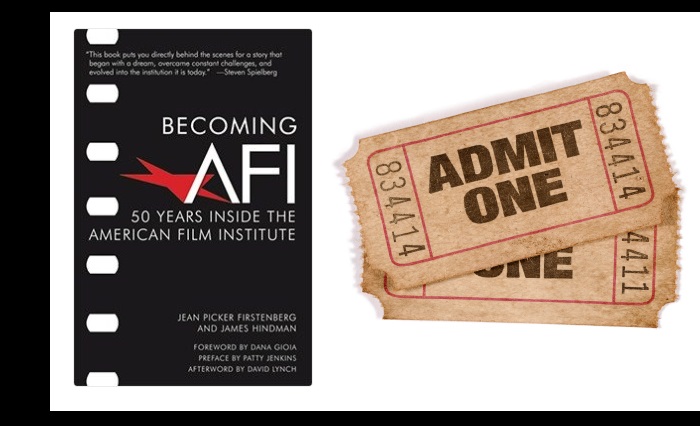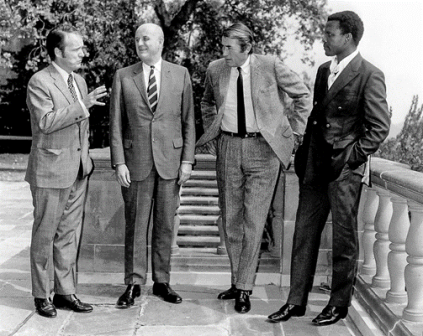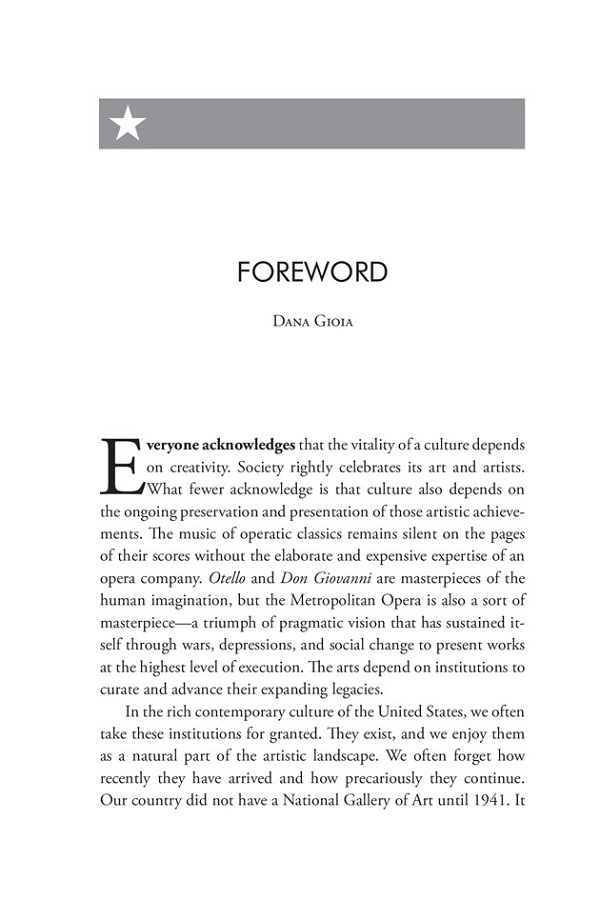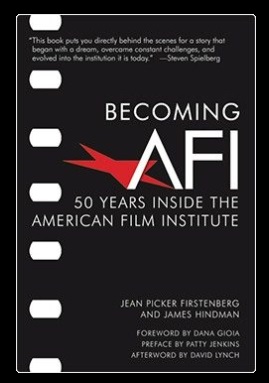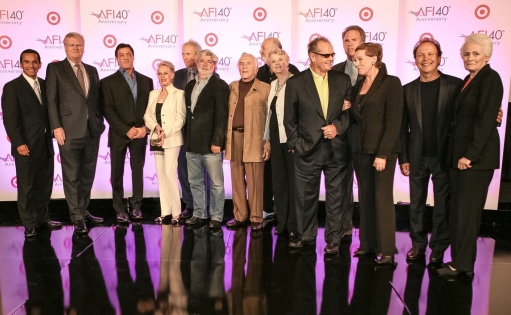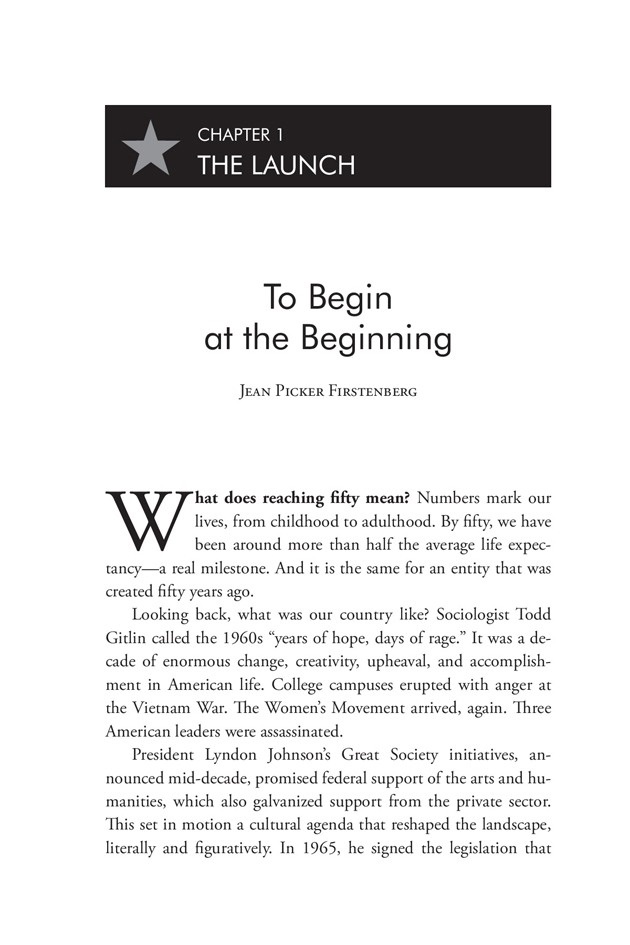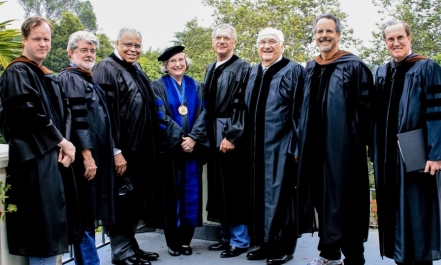Award-winning cookbook author, Lee Clayton Roper, shows home cooks how to explore their culinary creativity with her award-winning, delicious cookbook, Fresh Tastes. This beautiful book delivers over 170 flavorful recipes, essential cooking tips and delightful stories to spark inspiration in your kitchen.
Lee takes the “complicated” out of timeless classics, simplifying the process while ramping up flavors, using fresh ingredients when and where possible. She shares personal reflections on lessons she has learned in the kitchen from those who have inspired her, along with 65 beautiful food photos, along with process shots of key preparation steps.
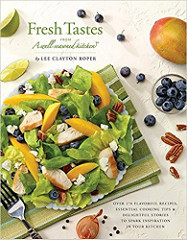 Fresh Tastes epitomizes Lee’s culinary tastes, balancing an innovative approach with uncomplicated preparation techniques. Sophisticated in flavor and beautiful to present, the recipes in Fresh Tastes are prepared with the best quality, readily available ingredients designed to maximize flavor. Some of Lee’s delicious recipes include:
Fresh Tastes epitomizes Lee’s culinary tastes, balancing an innovative approach with uncomplicated preparation techniques. Sophisticated in flavor and beautiful to present, the recipes in Fresh Tastes are prepared with the best quality, readily available ingredients designed to maximize flavor. Some of Lee’s delicious recipes include:Prosciutto, Fig and Goat Cheese Tarts
Roasted Eggplant and Tomato Soup
Tomato and Peach Salad with Lime-Balsamic Dressing
Layered Salmon Salad with Avocado-Lime Yogurt Dressing
Grilled Rosemary-Dijon Chicken Breasts
Spicy Pork Chops with Argentine Chimichurri Sauce
Halibut with Celery Root Puree and Tomato Garnish
Chipotle Lime Shrimp Tacos with Tomato Mango Salsa
Roasted Root Vegetable Pot Pie
Peruvian Artichoke Tart
Pear Kuchen
Fresh Fruit with Brandy Custard Sauce
Drawing from her decades of experience, Lee provides readers with helpful advice on what is best for the dish, the flavor and the cook, considering such essential variables as seasonality and availability. Recipes in Fresh Tastes were evaluated by a team of volunteer testers across the country. Only the best, most flavorful, eye catching dishes made the cut. Fresh, flavorful and inspired, this collection of hand selected recipes in Fresh Tastes transcends the kitchen, reminding us all that every meal can and should be a simple yet sophisticated celebration of life.
“My approach with this cookbook starts with the confidence that, with the right preparation and a pinch of creativity, every dish can be extraordinary,” Lee explains. “I have intentionally kept recipes and ingredients easy to get, often providing alternative substitutions.”
Lee Clayton Roper is an award-winning cookbook author, cooking instructor, public speaker and TV personality. Her first book, A Well-Seasoned Kitchen received numerous rave reviews and is often featured in local and national press. In 2010, A Well-Seasoned Kitchen achieved national acclaim, winning the prestigious “Living Now” gold medal. With Fresh Tastes Lee expands her recipe collection, serving up fresh, delicious and sophisticated dishes guaranteed to inspire creativity in kitchen everywhere. Lee tours the country sharing recipes and cooking tips and techniques in sold-out classes, leading cooking demonstrations, and is a frequent guest on radio and television and in print.
“Roper’s follow up to A Well-Seasoned Kitchen expands on the approachable favorites that made her first cookbook such a hit, this time with a ‘fresh’ take on classics that lend themselves to parties and get-togethers. This is a solid effort with practical dishes readers will likely find themselves returning to.”
Publisher’s Weekly and Entertaining Inspiration
FRESH TASTES
From A Well-Seasoned Kitchen
By Lee Clayton Roper
Southwestern Publishing Group
Hardcover/$34.95 usd
ISBN-13: 978-0984116362
Try these fresh and delicious recipes ( reprinted with permission from Fresh Tastes by Lee Clayton Roper):
APPLE, WALNUT AND STILTON CHEESE SALAD
SERVES: 6
The British have known for years that apples and Stilton cheese are a wonderful combination. In this delicious salad, they’re mixed together with spinach, walnuts and a walnut-flavored vinaigrette.I like to serve this salad with any grilled meat or alone as a meal.
1/4 cup raspberry balsamic vinegar*
1 1/2 teaspoons freshly squeezed lemon juice
1/2 cup walnut oil*
Salt, to taste
Freshly ground black pepper, to taste
10 ounces mixed baby greens (spinach, arugula, lettuce)
2 large Gala or other red apples, unpeeled, cored and chopped
1 cup (6 ounces) chopped walnuts, lightly toasted
1 1/2 to 2 cups (6 to 8 ounces) Stilton cheese, crumbled**
*If you can’t find raspberry balsamic vinegar, use regular raspberry vinegar and add 1 to 2 tablespoons of honey. If you can’t find walnut oil, substitute olive oil and add a few more walnuts.
**There are 2 types of Stilton cheese: blue and white. Either will work in this recipe. If you can’t find Stilton, you can substitute Gorgonzola or other forms of blue cheese.
In a medium glass jar with fitted lid (an empty Dijon mustard jar works well), whisk together the vinegar, lemon juice and oil until well blended. Season to taste with salt and pepper. Cover and set aside.
In a large bowl, toss together mixed greens, chopped apple, walnuts and cheese. Just before serving, toss with just enough dressing to coat the lettuce (you may have some dressing left over). Season to taste with salt and pepper.
VARIATION IN PRESENTATION: If you want to have a more formal, individually plated salad, then instead of chopping the apples, core and slice them. Toss the greens with part of the dressing and divide among six individual salad plates. Arrange the apple slices in a circular pattern over the spinach. Sprinkle the walnuts and cheese crumbles over the top. Drizzle with remaining dressing.
SEA BASS WITH A PISTACHIO CRUST
SERVES: 6
This dish comes together quickly and is delicious paired with green beans and roasted potatoes. It’s a bit on the rich side, so I suggest using fillets no more than 5 ounces each. If using one large fillet, you may need to increase the cooking time by a few minutes.
While the general rule of thumb for cooking fish is 10 minutes per inch of thickness, I’ve included the option to cook these filets for 12 minutes per inch. I find that with the crust on top, it can take a bit longer. It’s really to your taste — just remember, it will continue cooking after you take it out of the oven and let it rest.
6 (4- to 5-ounce) skinless Chilean sea bass fillets
1 cup salted, dry roasted pistachio nuts, very finely chopped (can chop in a food processor)
1/2 cup firmly packed brown sugar
3 tablespoons fresh lemon juice
1 tablespoon chopped fresh dill or 1 teaspoon dried dill
Freshly ground black pepper, to taste
Preheat oven to 400 degrees. Line a 15- by 10- by 1-inch baking pan with parchment paper.
Place sea bass fillets in prepared pan. In a small bowl, combine the nuts, sugar, lemon juice, dill and pepper. Spoon the mixture evenly over each fillet, pressing down to adhere.
Bake for 10 to 12 minutes per 1-inch of thickness of the fillet, or until fish reaches 140 to 145 degrees when measured with an instant-read thermometer. Let stand for 5 minutes before serving.
MAKE AHEAD: Fish with topping can be prepared but not baked up to 4 hours in advance, covered and refrigerated.
For the Silo, Trina Kaye.
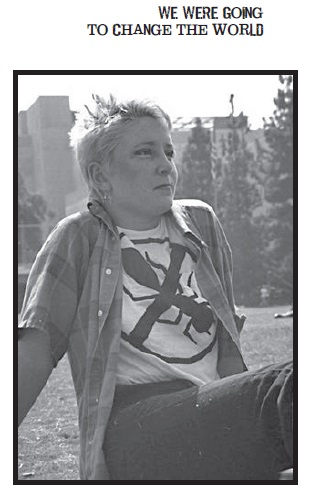
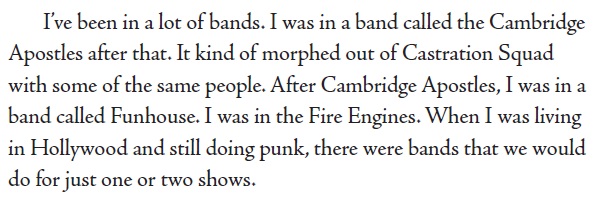
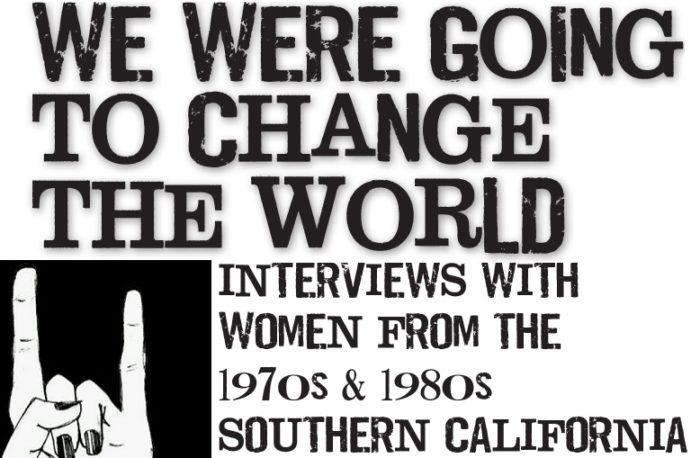



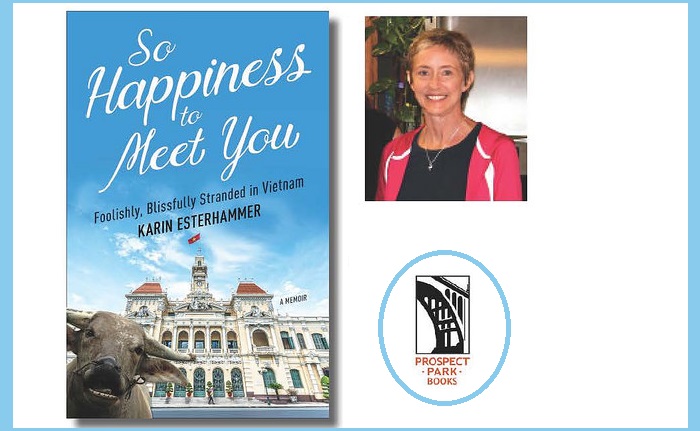
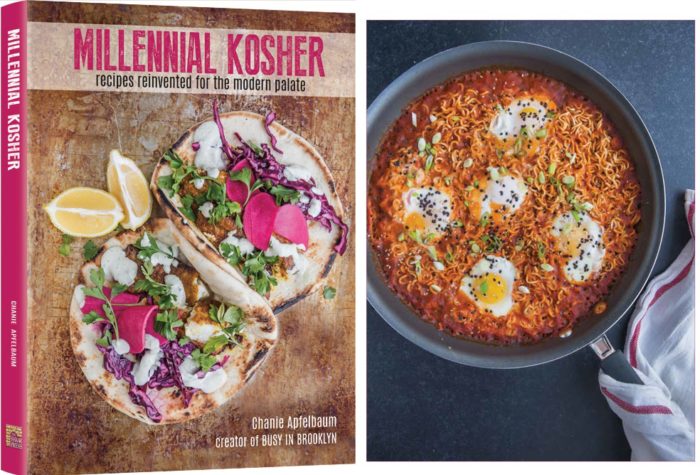
 Yield 4-5 Servings
Yield 4-5 Servings 
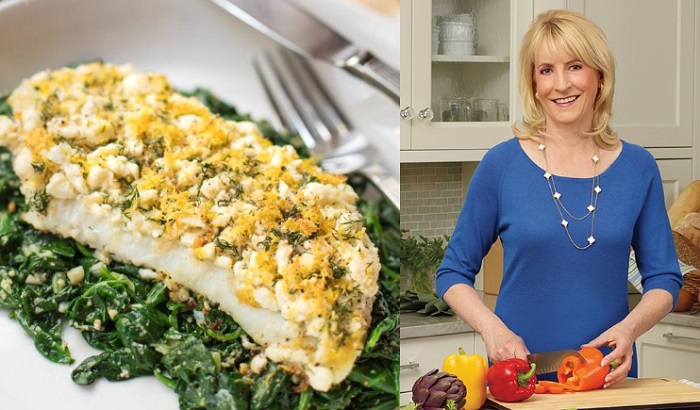
 Fresh Tastes epitomizes Lee’s culinary tastes, balancing an innovative approach with uncomplicated preparation techniques. Sophisticated in flavor and beautiful to present, the recipes in Fresh Tastes are prepared with the best quality, readily available ingredients designed to maximize flavor. Some of Lee’s delicious recipes include:
Fresh Tastes epitomizes Lee’s culinary tastes, balancing an innovative approach with uncomplicated preparation techniques. Sophisticated in flavor and beautiful to present, the recipes in Fresh Tastes are prepared with the best quality, readily available ingredients designed to maximize flavor. Some of Lee’s delicious recipes include:






